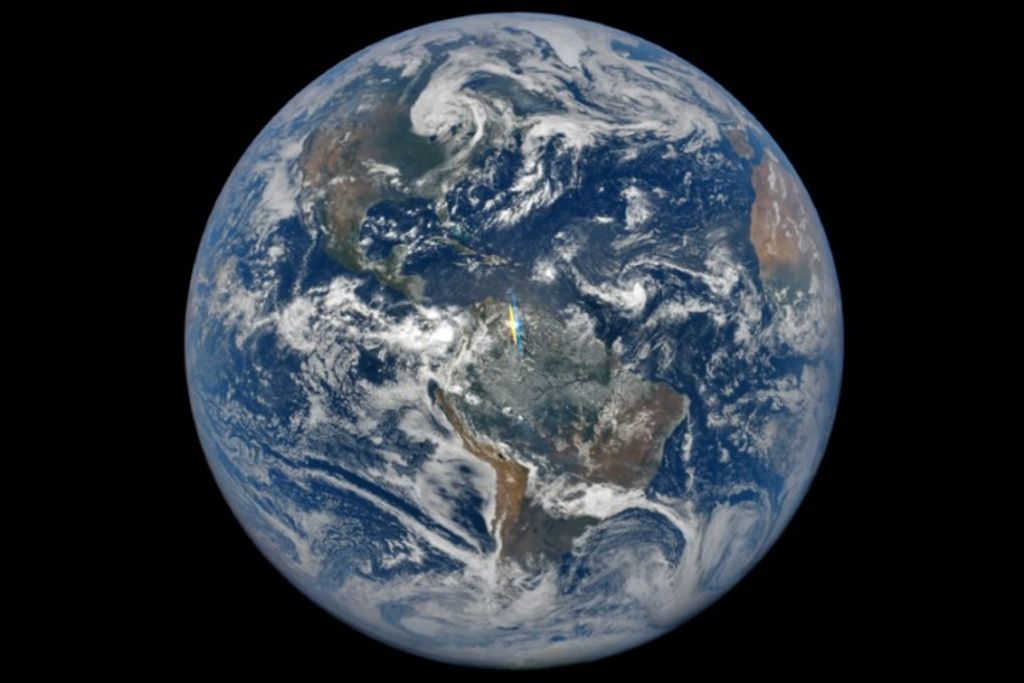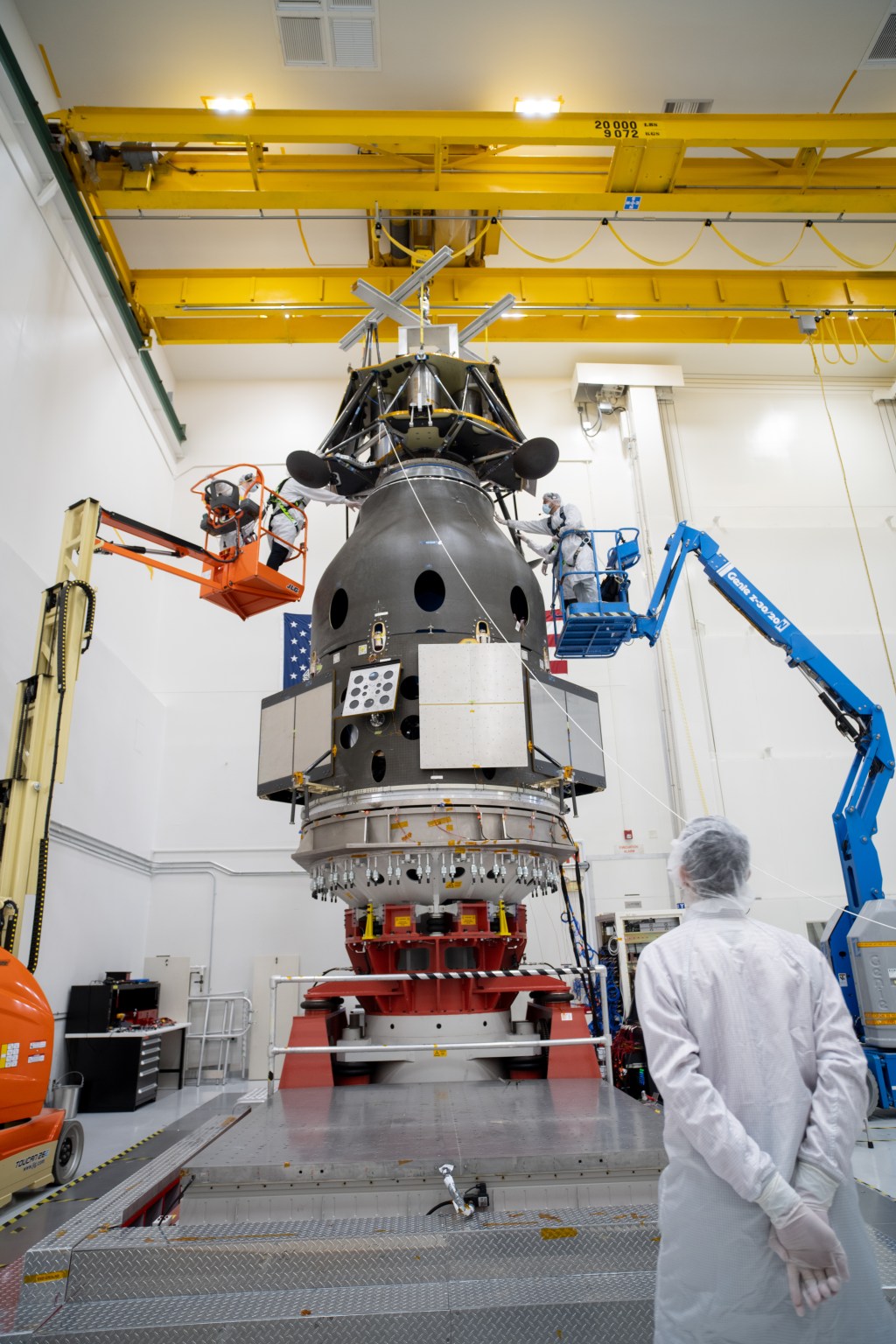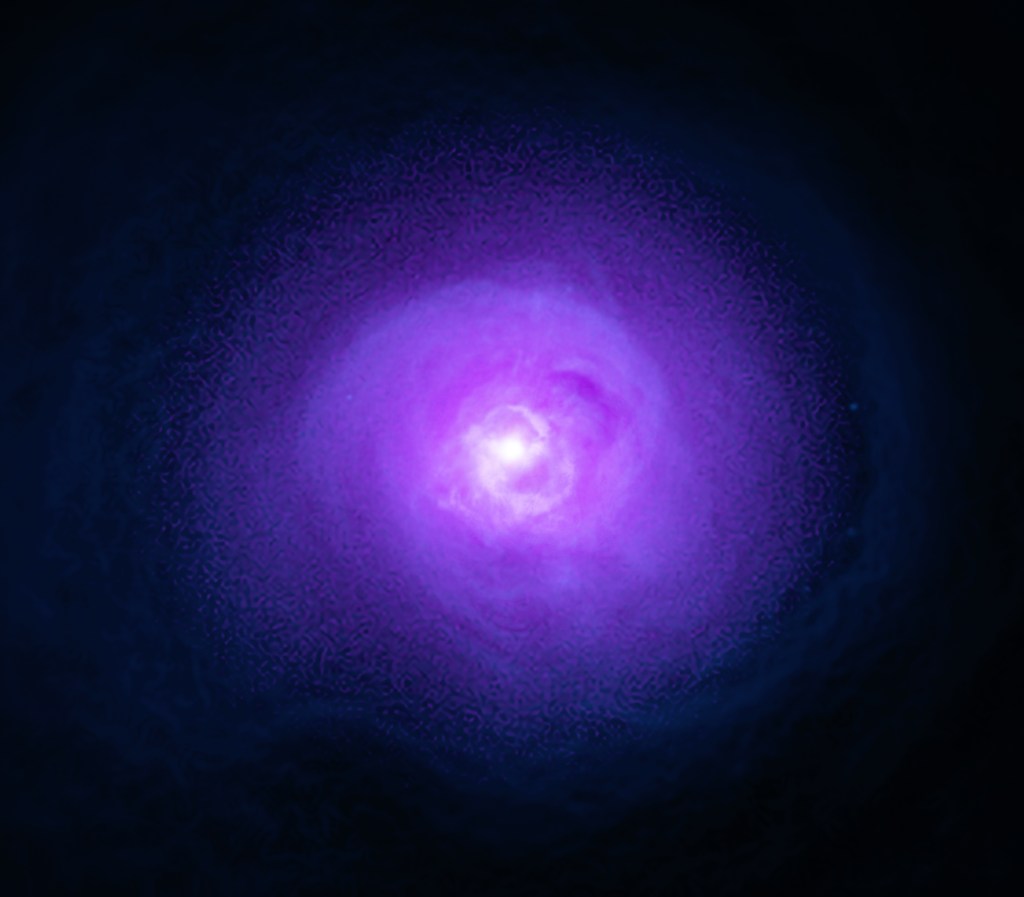1 min read
Webb’s First Deep Field (NIRSpec Emission Spectrum)
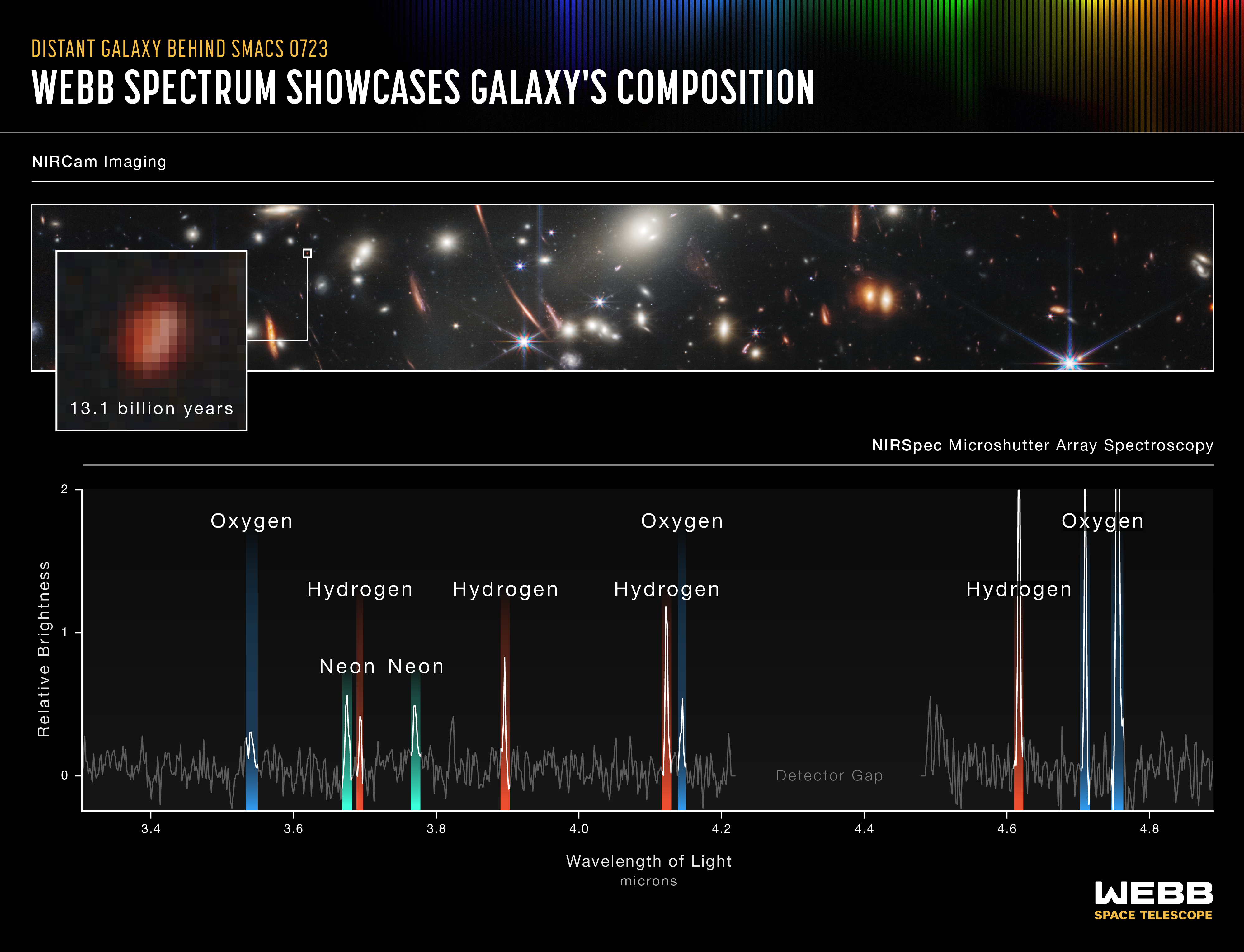
This galaxy emitted its light 13.1 billion years ago.
It was captured by Webb’s microshutter array, part of its Near-Infrared Spectrograph (NIRSpec). This instrument is so sensitive that it can observe the light of individual galaxies that existed in the very early universe. This will prove transformational for research. Webb’s capabilities have allowed scientists to observe spectra of galaxies this far away for the first time.
When researchers stretch out the light of an individual galaxy into a spectrum, like the graph shown above, they can learn about the chemical composition, temperature, and density of the galaxy’s ionized gas. For example, this galaxy’s spectrum will reveal the properties of its gas, which will indicate how its stars are forming and how much dust it contains. These data are rich – and have never before been detected from this far away at this quality.
As astronomers begin analyzing Webb’s data, we will learn an incredible amount about galaxies that existed all across cosmic time – and how they compare to the beautiful spiral and elliptical galaxies in the nearby universe.
Want to capture your own spectra with Webb’s microshutter array? Learn how scientists use the instrument by “taking” your own observations in this interactive and analyze the spectra it returns.
For a full array of Webb’s first images and spectra, including downloadable files, please visit: https://webbtelescope.org/news/first-images
NIRSpec was built for the European Space Agency (ESA) by a consortium of European companies led by Airbus Defence and Space (ADS) with NASA’s Goddard Space Flight Center providing its detector and micro-shutter subsystems.
Extended Description and Image Alt Text
Extended Description
Infographic titled “Distant Galaxy in SMACS 0723, Webb Spectrum Showcases a Galaxy’s Composition; NIRCam Imaging and NIRSpec Microshutter Array Spectroscopy.”
The infographic is divided into two parts, with an image on the top half, and a spectrum in the bottom half.
Reference Image
At the top, the label NIRCam Imaging appears just above a thin horizontal section of a galaxy cluster. A zoom-in view of one galaxy in the field is pulled out. The pull-out image shows a red pixelated blob. The image is labeled 13.1 billion years to indicate the age of the light shown.
Graph
Below the images is a spectrum labeled NIRSpec Microshutter Array Spectroscopy. It is plotted as a line graph of brightness vs. wavelength.
Graph Axes
The y-axis is labeled Relative Brightness, and marks appear for 0, 0.5, 1, 1.5, and 2. There are no units for relative brightness. The x-axis is labeled Wavelengths of Light in microns and ranges from 3.3 to 4.9 microns, marked in intervals of 0.2 microns, beginning at 3.4. Wavelength is plotted on a linear scale.
Graph Data
A jagged line shows the brightness of the galaxy at each wavelength. The overall shape of the line is flat with many prominent spike-like peaks. Some peaks are taller than others. There is a break in the line between about 4.2 and 4.5 microns. This is labeled detector gap.
Ten peaks are labeled with the element that is emitting that wavelength of light. From left to right (shorter to longer wavelength) the peaks are: oxygen, neon, hydrogen, neon, hydrogen, hydrogen, oxygen, hydrogen, oxygen. Each peak is also highlighted in a color. Peaks of the same element are highlighted the same color. Oxygen is highlighted in blue; neon in green; hydrogen in red. In between the labeled peaks are many other generally less prominent, unlabeled peaks. The peaks are not evenly spaced.
Image Alt Text
Infographic showing the emission spectrum of light emitted by a galaxy 13.1 billion years ago, with peaks labeled to show some of the elements that make up the galaxy.
About the Object
- ConstellationConstellationOne of 88 recognized regions of the celestial sphere in which the object appears.Volans
About the Data
- Data DescriptionData DescriptionProposal: A description of the observations, their scientific justification, and the links to the data available in the science archive.
Science Team: The astronomers who planned the observations and analyzed the data. "PI" refers to the Principal Investigator.This image was created with Webb data from proposal 2736. It is part of Webb Early Release Observations.
The Early Release Observations and associated materials were developed, executed, and compiled by the ERO production team:
Jaclyn Barrientes, Claire Blome, Hannah Braun, Matthew Brown, Margaret Carruthers, Dan Coe, Joseph DePasquale, Nestor Espinoza, Macarena Garcia Marin, Karl Gordon, Alaina Henry, Leah Hustak, Andi James, Ann Jenkins, Anton Koekemoer, Stephanie LaMassa, David Law, Alexandra Lockwood, Amaya Moro-Martin, Susan Mullally, Alyssa Pagan, Dani Player, Klaus Pontoppidan, Charles Proffitt, Christine Pulliam, Leah Ramsay, Swara Ravindranath, Neill Reid, Massimo Robberto, Elena Sabbi, Leonardo Ubeda.
The EROs were also made possible by the foundational efforts and support from the JWST instruments, STScI planning and scheduling, Data Management teams, and Office of Public Outreach.
- InstrumentInstrumentThe science instrument used to produce the data.NIRCam, NIRSpec
- Release DateJuly 12, 2022
- Science ReleaseNASA’s Webb Delivers Deepest Infrared Image of Universe Yet
- CreditImage: NASA, ESA, CSA, STScI
Related Images & Videos
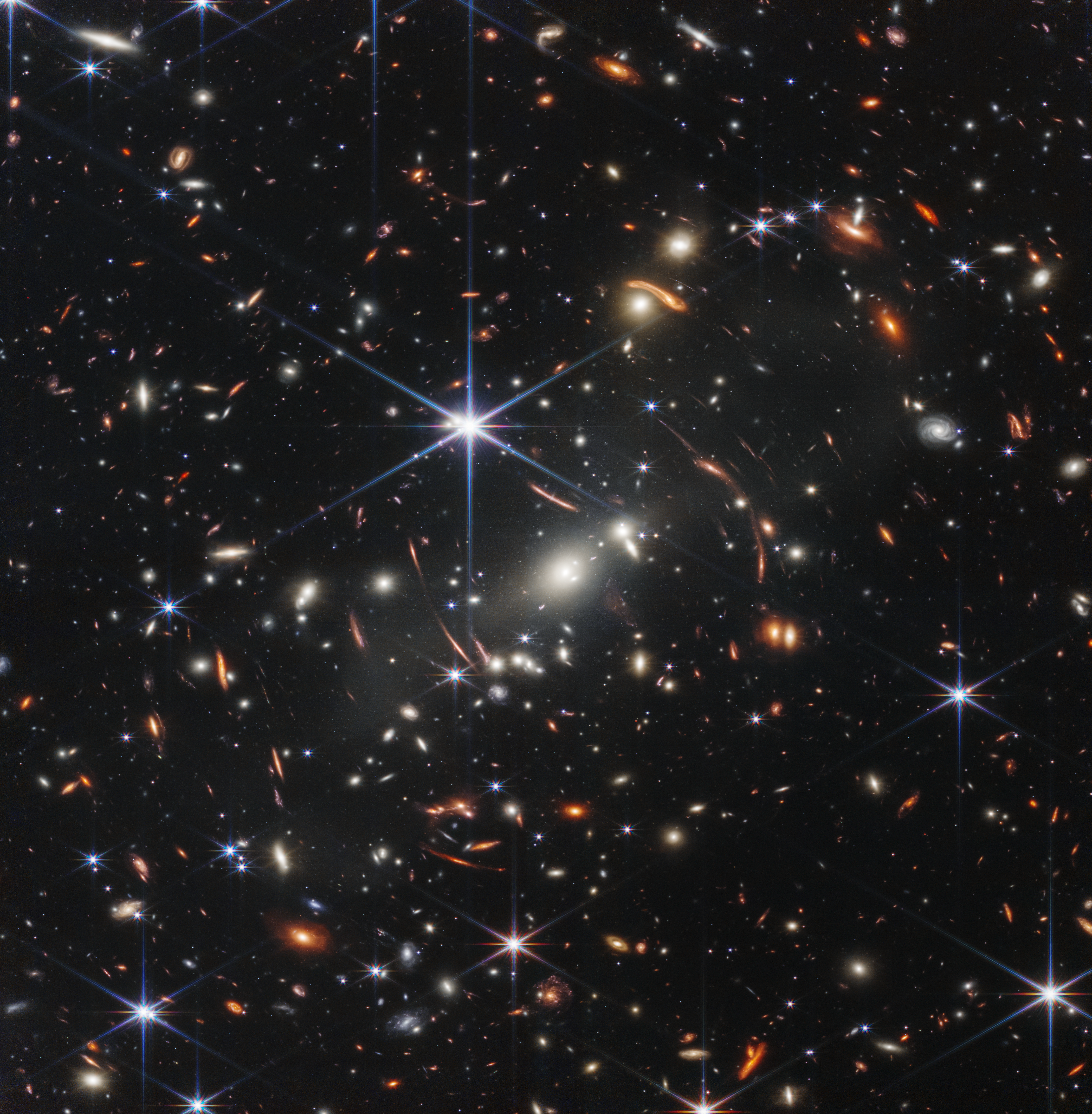
Webb's First Deep Field (NIRCam Image)
Thousands of galaxies flood this near-infrared image of galaxy cluster SMACS 0723. High-resolution imaging from NASA’s James Webb Space Telescope combined with a natural effect known as gravitational lensing made this finely detailed image possible. First, focus on the galaxies...
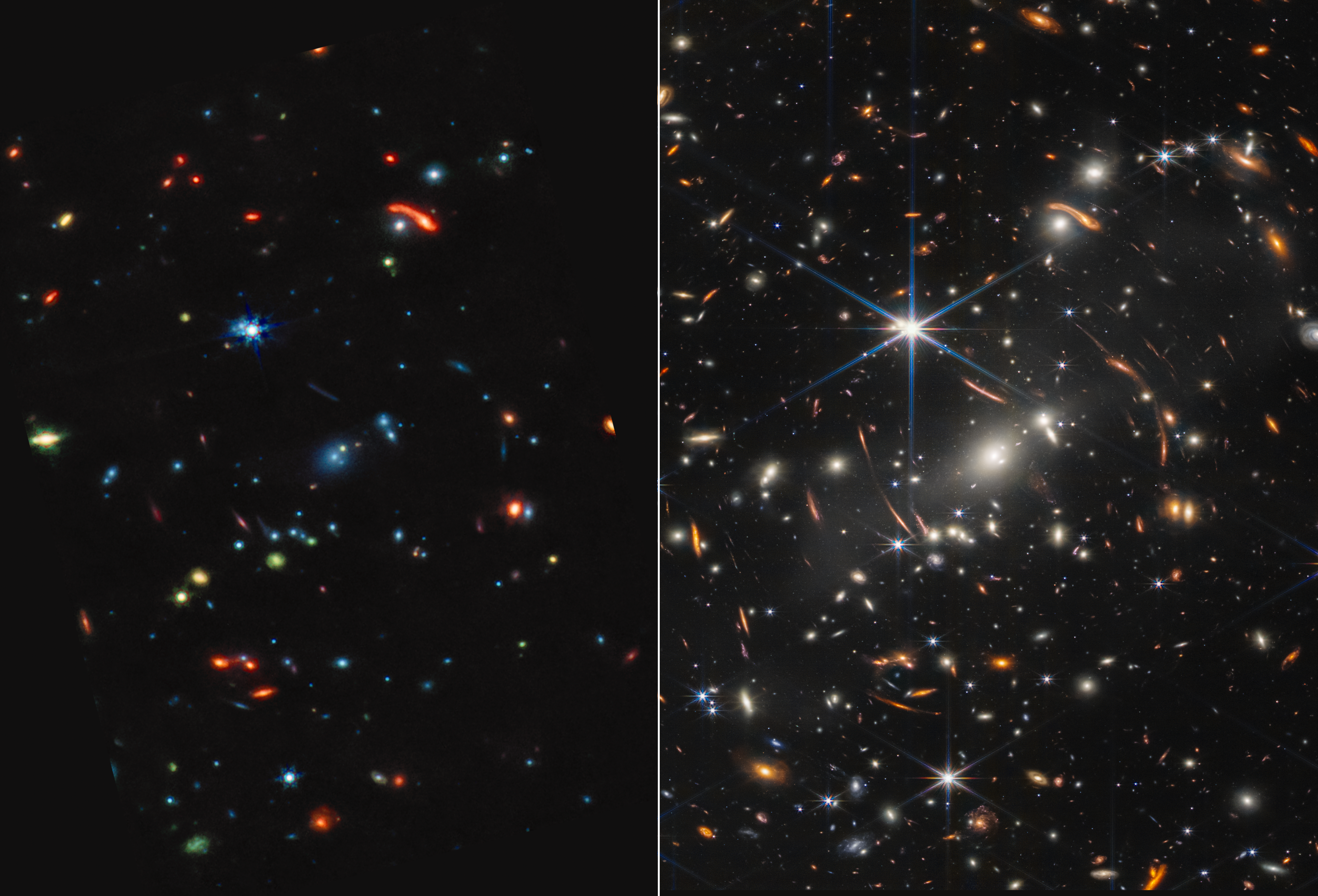
Webb’s First Deep Field (MIRI and NIRCam Images Side by Side)
Galaxy cluster SMACS 0723 is a technicolor landscape when viewed in mid-infrared light by NASA’s James Webb Space Telescope. Compared to Webb’s near-infrared image at right, the galaxies and stars are awash in new colors. Start by comparing the largest bright blue star. At...
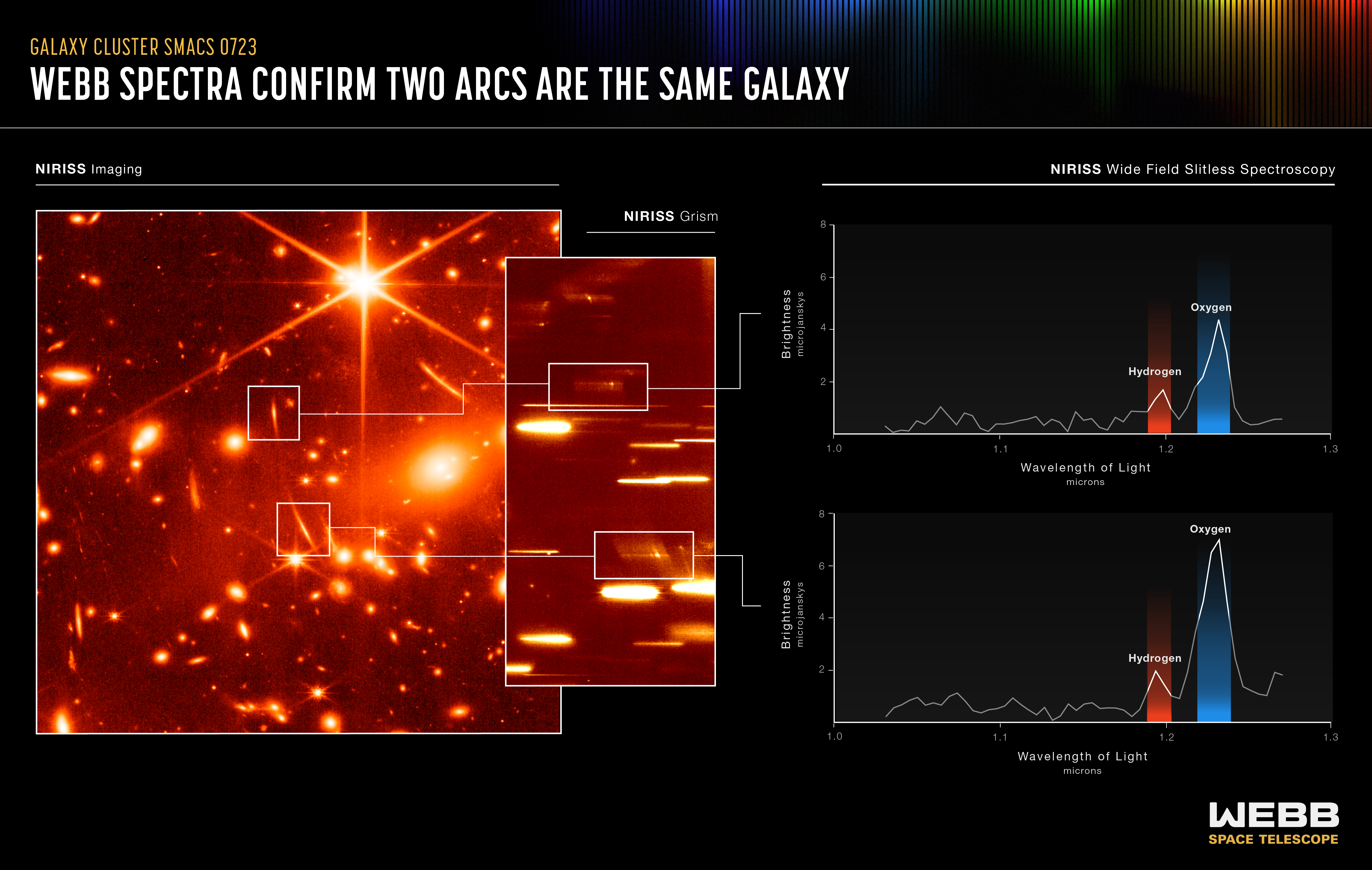
Webb's First Deep Field (NIRISS Emission Spectra)
Want to go on a galactic treasure hunt? Data known as spectra from NASA’s Webb Telescope make it easy to find – and match up – cosmic prizes! At far left is a near-infrared image of galaxy cluster SMACS 0723. A group of massive galaxies below and to the right of the bright...
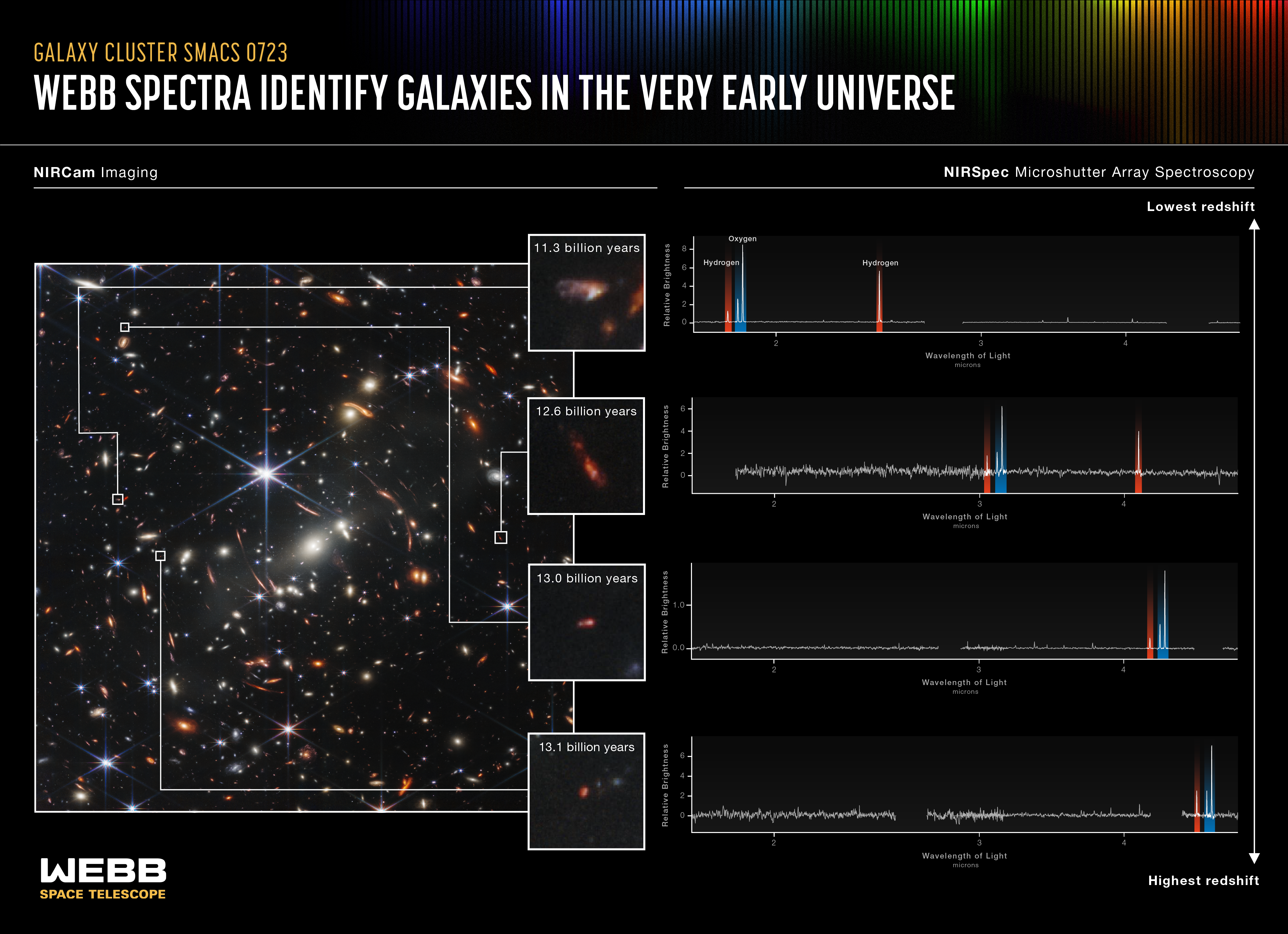
Webb's First Deep Field (NIRSpec MSA Emission Spectra)
NASA’s Webb Telescope has yet another discovery machine aboard – the Near-Infrared Spectrograph’s (NIRSpec’s) microshutter array. This instrument has more than 248,000 tiny doors that can be individually opened to gather spectra (light) of up to approximately 150 individual...
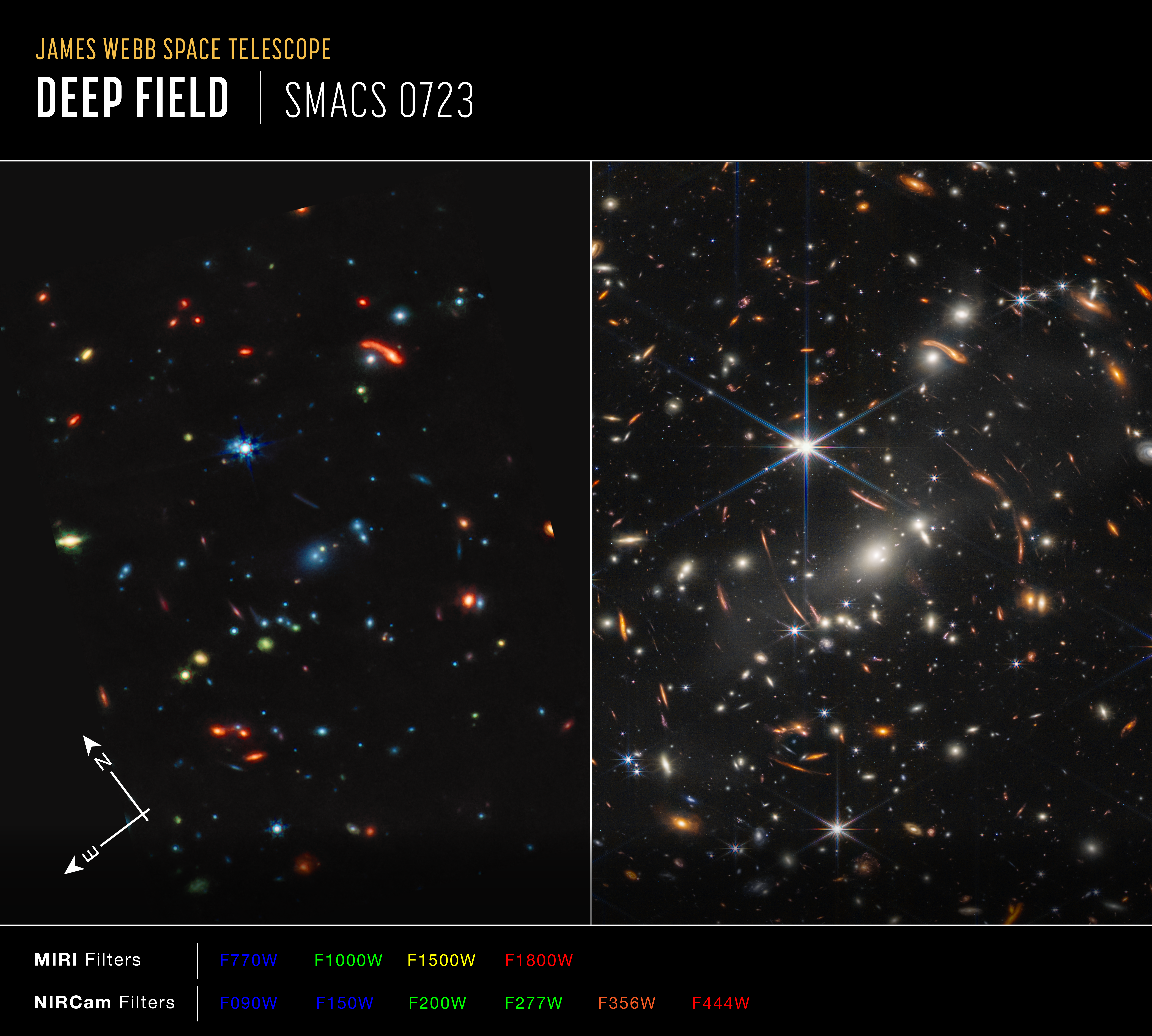
Webb's First Deep Field (MIRI and NIRCam Side-by-Side Compass Image)
Image of galaxy cluster SMACS 0723, affectionately known as Webb’s First Deep Field, captured by Webb’s Near-Infrared Camera (NIRCam) and Mid-Infrared Instrument (MIRI), with compass arrows and color key for reference. The north and east compass arrows show the orientation of...
Share
Details
Laura Betz
NASA’s Goddard Space Flight Center
Greenbelt, Maryland
laura.e.betz@nasa.gov
NASA, ESA, CSA, STScI








